When it came out in 1972, The Godfather cemented Marlon Brando’s spot among Hollywood’s greatest actors of all time. His role as Vito Corleone won him a new generation of fans as well as an Academy Award for Best Actor in a Leading Role. His Oscar win came despite the fact that his part was smaller than Al Pacino’s role as Michael Corleone, although the Academy nominated Pacino for Best Supporting Actor instead. Brando was also paid around seven times as much as Pacino for his performance in the movie.
Since the film’s release, rumors have proliferated about how much each actor was paid for their part in The Godfather. Ironically, given that Vito Corleone was the role that earned Brando his untouchable status as a cinematic great, his salary for The Godfather was far lower than he’d come to expect for film work. Indeed, the amount he was paid was a factor in him feeling mistreated by Paramount Studios during the making of the movie. This ill-feeling led him to drop out of a scene in its sequel, The Godfather Part II, on the day it was supposed to be shot.
Marlon Brando Was Paid A Lower Fee Than Usual For The Godfather
He Was Used To Seven-Figure Salaries By The Early 1970s
Nevertheless, Brando’s fee for The Godfather was no small amount. While Pacino was paid just $35,000 for the role that shaped the rest of his career, Brando walked away with $250,000 upfront for his performance as the titular character (via Smithsonian Magazine). Still, he wasn’t the highest-paid star in the movie.
Amazingly, Richard S. Castellano was paid more for his minor role as Peter Clemenza than Brando was for playing Corleone. What’s more, Castellano turned down returning as Clemenza in the second Godfather film, as he wanted even more money than he got for the first one. It’s rumored that Robert Duvall, who played Tom Hagen in the first two Godfather movies, asked for a higher salary than Brando, too, and the studio submitted to his demand.
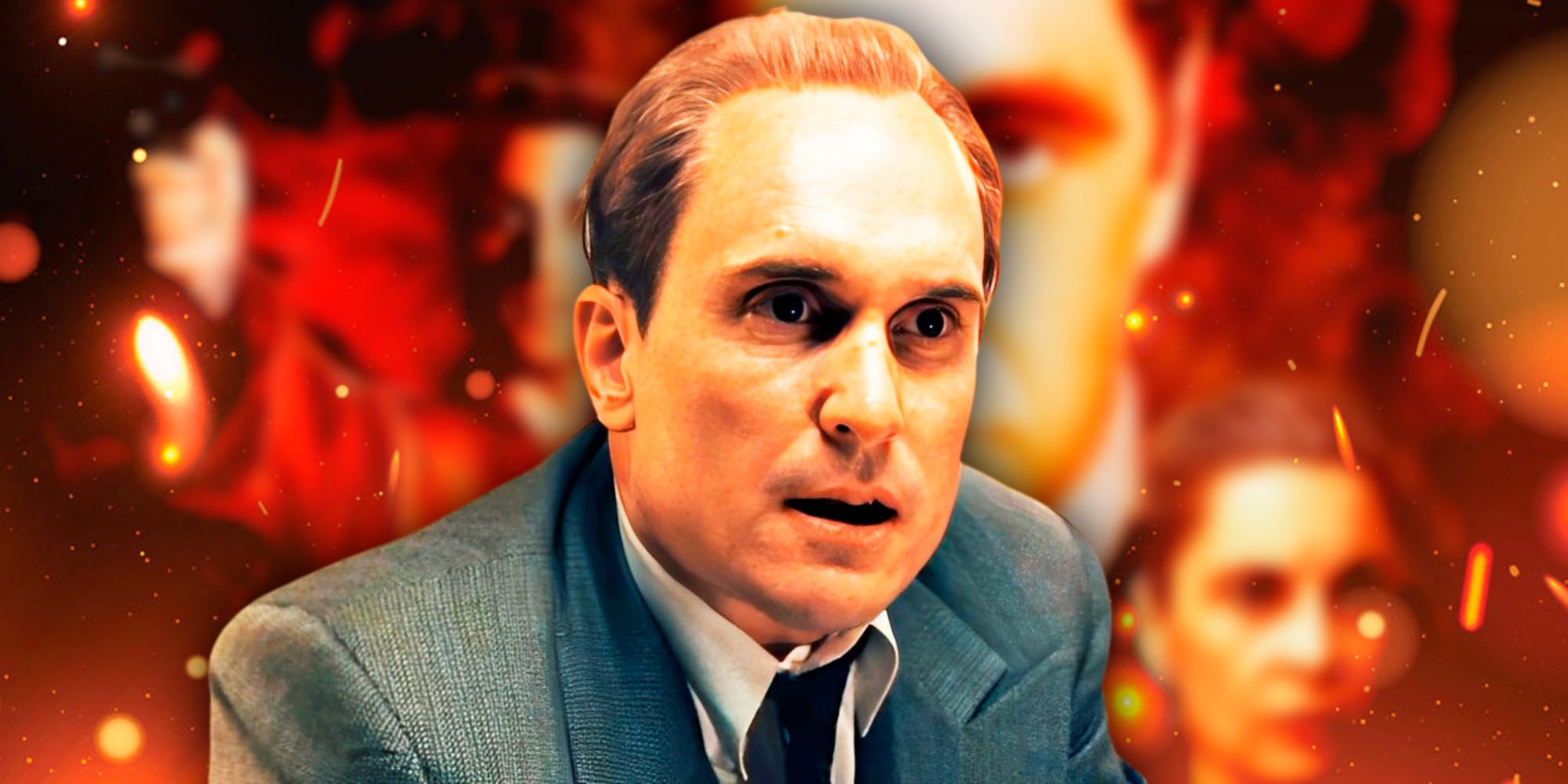
Related
Why Robert DuVall's Tom Hagen Didn't Return In The Godfather Part III
A major figure in the first two movies, Robert DuVall's Tom Hagen strangely skipped The Godfather Part III, and the actor himself has explained why.
By the early 1970s, Brando was used to earning several times what Paramount initially paid him for his performance in The Godfather. His pre-box office earnings for the 1962 historical epic Mutiny On The Bounty, for example, were $1.25 million (via Biography). Brando’s high acting fees was a key reason studio executives were reluctant to cast him as Vito Corleone, as well as his reputation as one of Hollywood’s bad boys alongside Jack Nicholson and Warren Beatty. Once director Francis Ford Coppola showed them Brando’s astonishing screen test as Corleone, however, they were left with little choice.
Marlon Brando’s The Godfather Contract Also Included A Net Participation Deal
He Received A Percentage Of The Movie's Gross Earnings
On the other hand, Marlon Brando couldn’t feel too hard-done-by once The Godfather was released in cinemas. The studio made him an offer he couldn't refuse. In addition to his base salary, his contract made him the only actor in the movie entitled to a percentage of its gross earnings at the box office, as reported in the New York Times at the time it was released. Since the film was an enormous hit, grossing around $160 million within the actor’s lifetime, he ended up earning $1.6 million from the box office on top of his salary.
They made him an offer he couldn't refuse.
Brando’s total income from The Godfather was just under $2 million, a hefty amount for any actor from his era. Yet he soon eclipsed that figure, earning a staggering $3.7 million for his supporting role as Jor-El in the 1978 movie Superman. Brando’s record-breaking paycheck was 10 times what Henry Cavill earned playing the Man of Steel himself over 30 years later, and came in large part thanks to his previous onscreen outing as Vito Corleone. He might not have received the biggest salary for his most celebrated role, but the money it brought him indirectly more than made up for his initial acting fee.
Sources: Biography, Smithsonian Magazine, New York Times

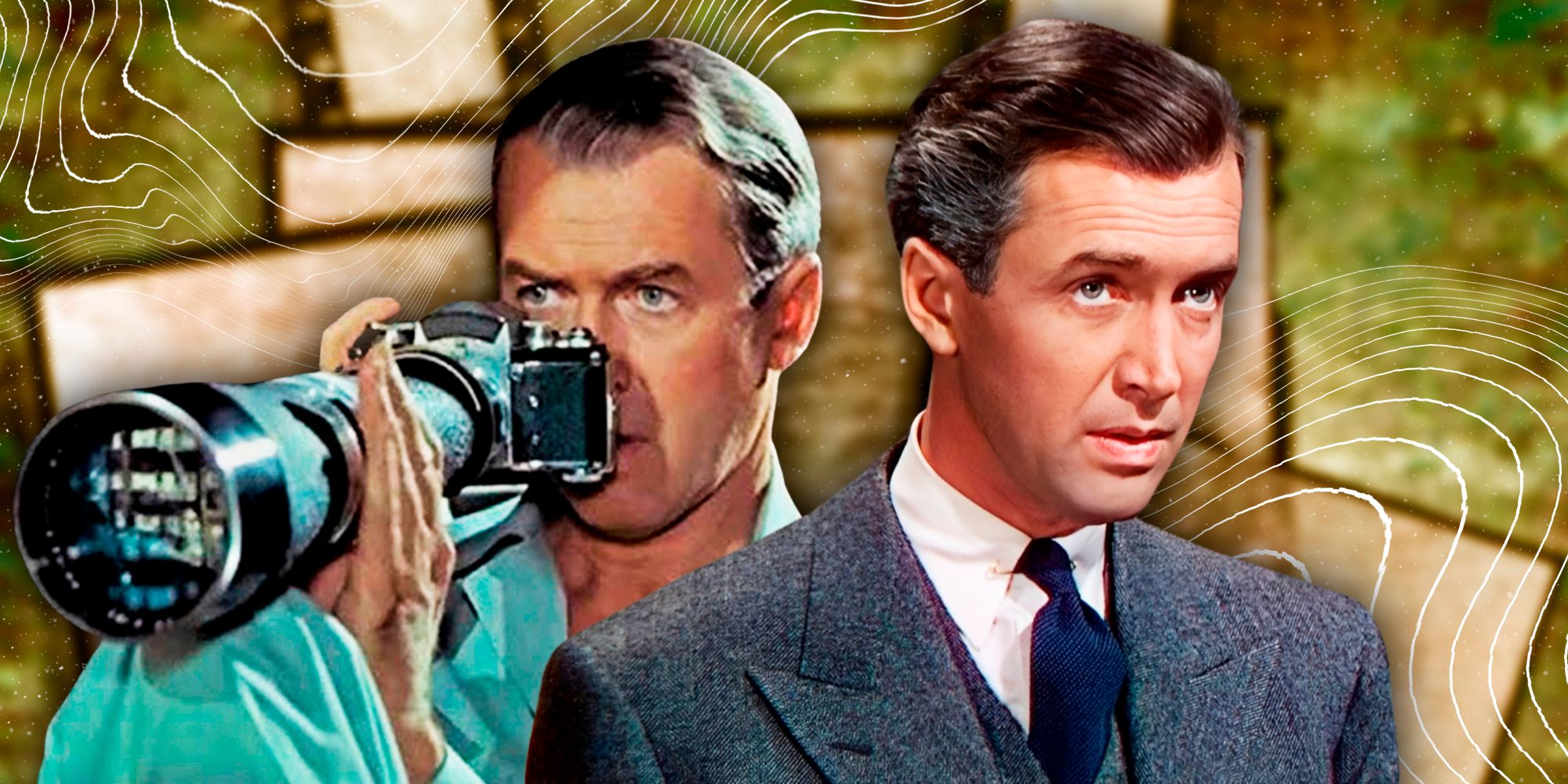
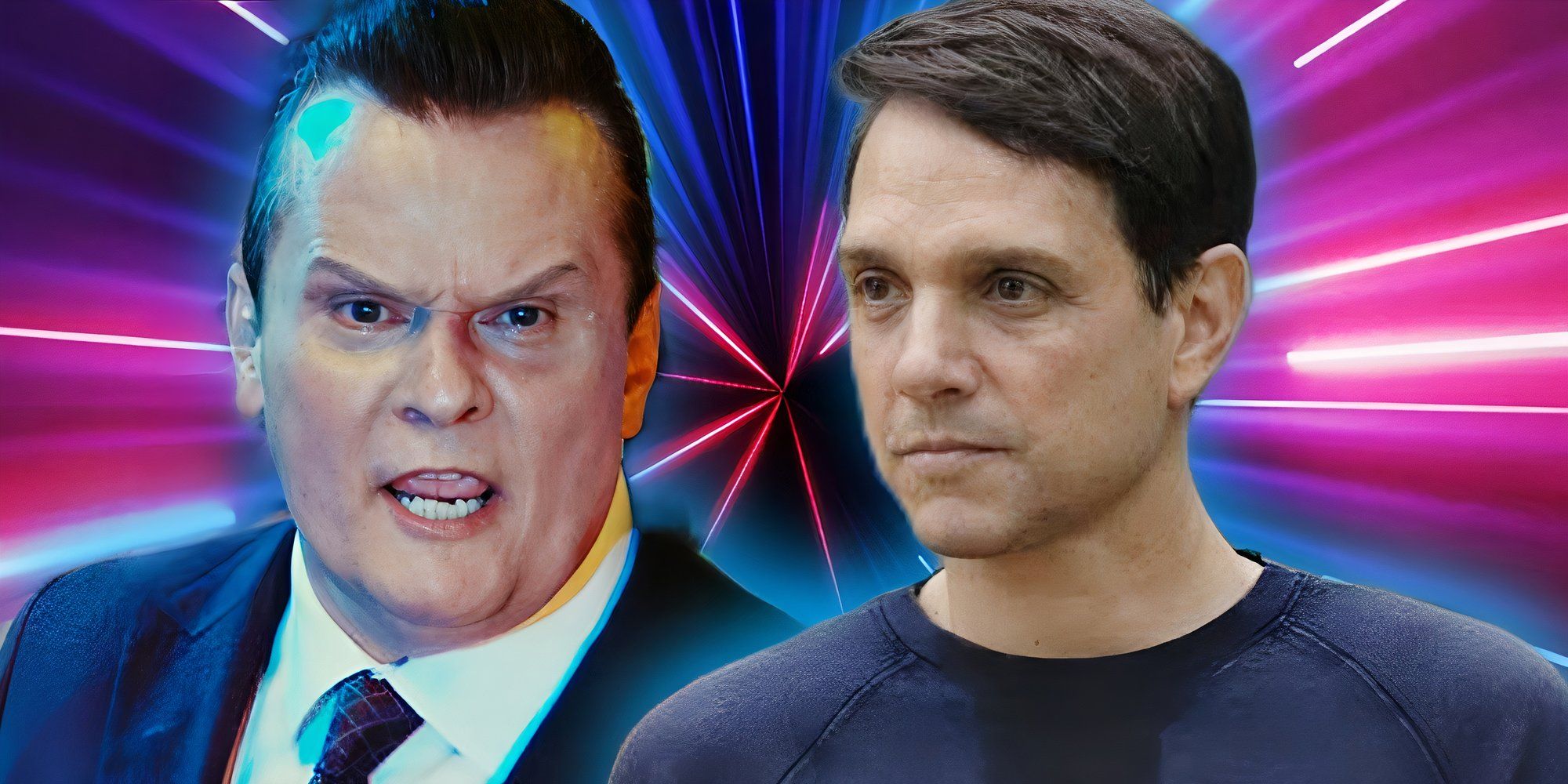

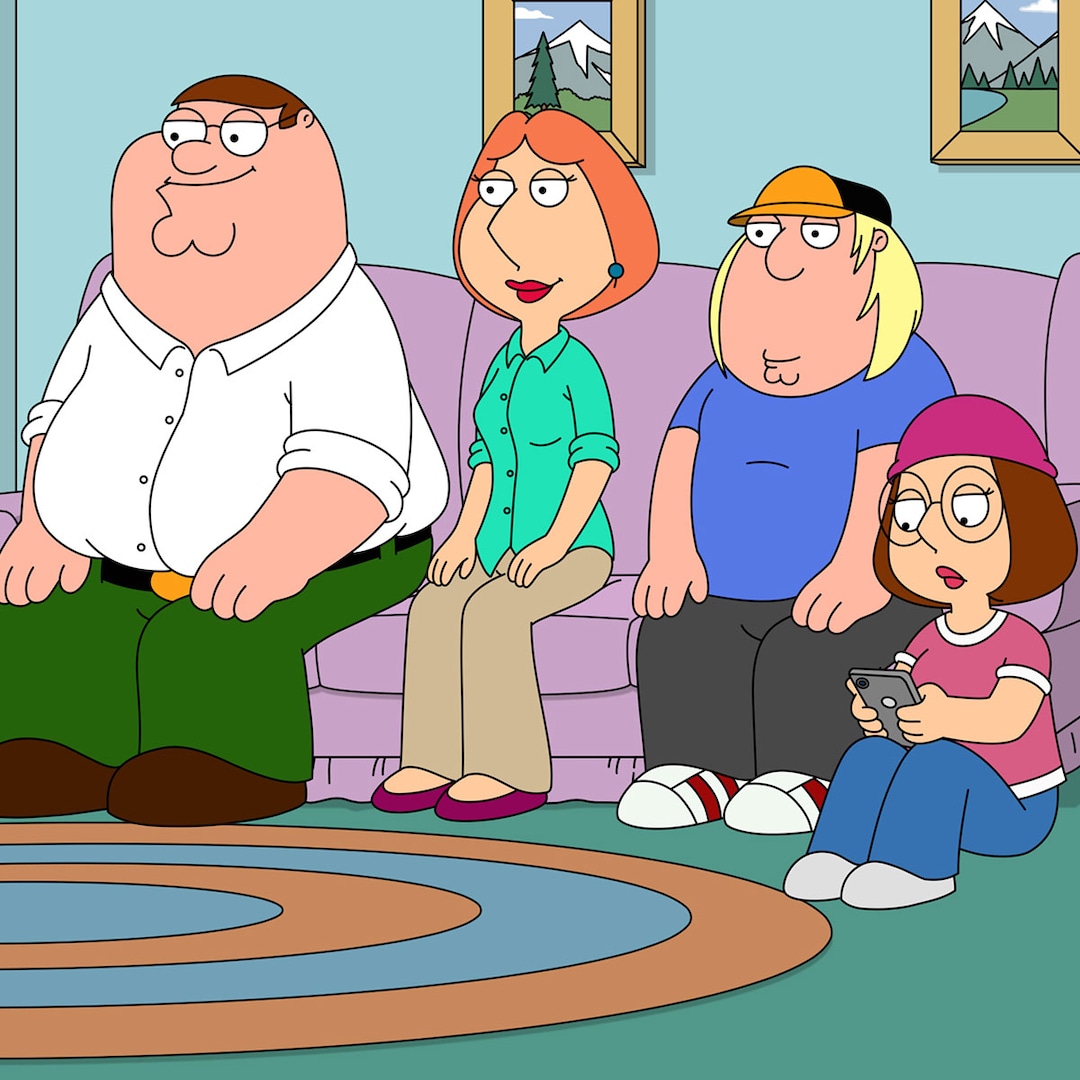

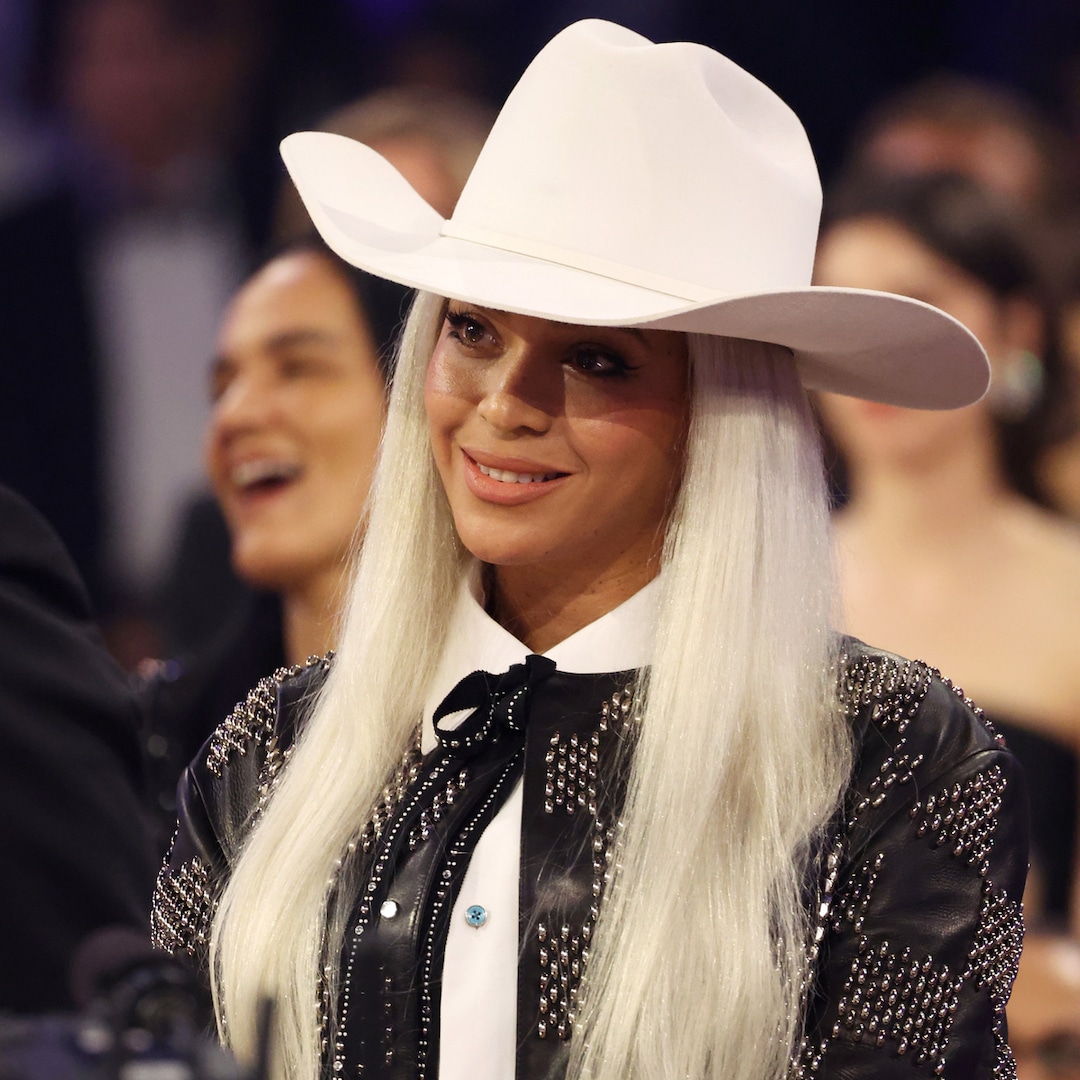


 English (US) ·
English (US) ·